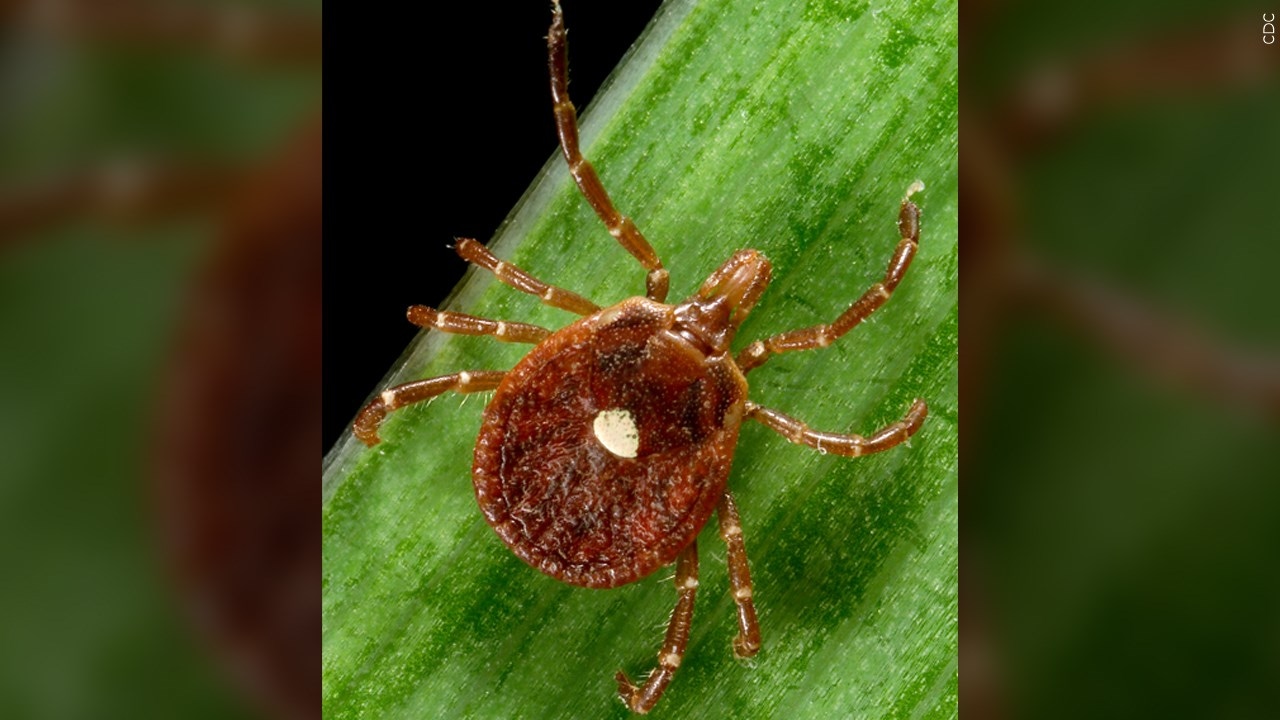With spring season comes return of tick concerns

This photo via the U.S. Centers for Disease Control and Prevention shows a Lone Star tick. (MGN Images/CDC)
As more Minnesotans head outdoors with the arrival of spring, Mayo Clinic is issuing reminders about health concerns related to ticks.
Mayo Clinic stated Tuesday there are concerns in the Midwest over the Lone Star tick due to increasing numbers.
The small — measuring barely a quarter-inch in diameter as adults — and aggressive tick can transmit many different pathogens to humans, including the Heartland virus.
The potentially deadly Heartland virus is a type of virus called a Banda virus, and it’s relatively new, according to Mayo Clinic.
According to the U.S. Centers for Disease Control and Prevention (CDC), symptoms of the Heartland virus include “fever, fatigue (feeling tired), decreased appetite, headache, nausea, diarrhea, and muscle or joint pain.”
Cases of the virus have been detected mostly in the Midwest and the South, Mayo Clinic reports.
Although health officials say no other tick is known to carry the Heartland virus, many tick species can transmit several other harmful pathogens. Lyme disease remains the primary tick-borne illness in North America.
“This is a perfect time to start thinking about tick-borne diseases,” Dr. Bobbi Pritt, director of Mayo Clinic’s Parasitology Laboratory, said. “In the upper Midwest, we’re finally starting to see some green grass again as soon as the snow melts ticks are potentially out and biting.”
Dr. Pritt says that the early stages of tick season can sometimes be the most dangerous because of the size of ticks – especially the Deer tick (black-legged tick) which are common in Minnesota.
“The early stages of that tick are very, very small – about the size of a poppy seed,” Dr. Pritt added. “[Deer ticks] can be very difficult to see on you if they’re attached and biting you and yet they’re capable of transmitting Lyme disease if they’re attached for long enough.”
Mayo Clinic advises an “ABC” rule for tick prevention:
- “A” for avoid: Avoid areas in which ticks may be present (for example, areas with a lot of undergrowth, tall grasses, and/or heavy leaf decay.)
- “B” for bug spray: Make sure to apply bug spread before heading outdoors when ticks are a risk during the spring, summer and early fall. The CDC advises applying a bug spray that either contains DEET 30% or picaridin. Bug spray that has oil of lemon eucalyptus in it is also effective, the CDC reports.
- “C” for clothing: If you’re heading into an area where ticks may be present, Mayo Clinic advises tucking pants into socks to cover exposed skin or protecting exposed skin with bug spray if wearing pants and tall socks aren’t options.
Learn more about the Lone Star tick via Mayo Clinic’s resource here.